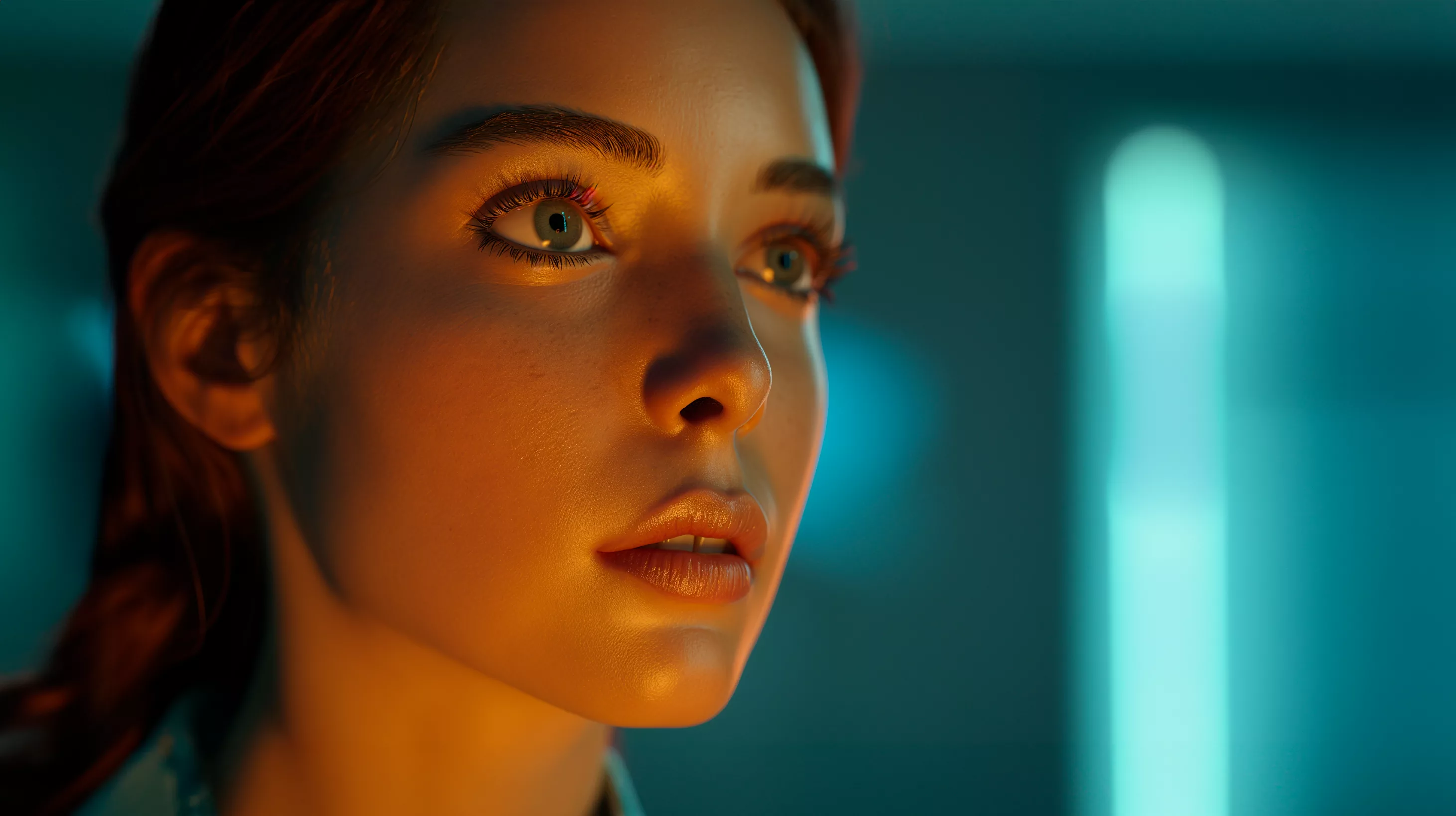
Artificial intelligence (AI) is becoming increasingly proficient at creating lifelike images of people. Yet, for now, we can still largely distinguish these from reality. According to roboticist Masahiro Mori, this is due to the "uncanny valley." He suggests that the more robots resemble humans, the greater the aversion. This currently allows us to discern what is real and what is not. But what happens if AI surpasses the "uncanny valley," and we can no longer differentiate between what is real and what is not? And how close are we to that point?
WHAT IS THE UNCANNY VALLEY EXACTLY?
The concept of the "uncanny valley" was introduced in 1970 by Japanese roboticist Masahiro Mori. According to him, our response to robots shifts from sympathy to aversion as they increasingly resemble humans. The chart below illustrates this phenomenon as a valley. As the robot becomes more human-like, acceptance increases. However, when the robot becomes too human-like without being entirely convincing, trust suddenly decreases significantly. When the robot is hardly distinguishable from a real healthy person, trust immediately peaks again.

IMAGES ARE BECOMING INCREASINGLY REALISTIC
Recent developments in generative AI, such as Dall-E 2, Runway, and Midjourney, have made it possible to produce astonishingly realistic images, even of non-existent individuals. The ability to generate images that blur the line between artificial and real is increasing.
A notable example is the rise of synthetic videos, where fake people and situations are created using advanced AI algorithms. An example is the experimental film titled The Frost, generated by Dall-E 2. This film tells the story of stranded explorers in Antarctica. Certainly entertaining, but it remains clearly a product of artificial creation and is not to be confused with reality.
In addition to the film world, generative AI has also found its way into other domains, such as advertising. Companies are already producing striking and sometimes surreal commercials using AI. An example is Coca Cola's Masterpiece commercial. Brands can now create images with AI that were previously impossible.
HAS AI SURPASSED THE UNCANNY VALLEY?
When it comes to still images, according to some, we have already surpassed the uncanny valley. Studies show that people already have difficulty distinguishing real faces from AI-generated images. It is only a matter of time before this trend extends to moving images, further blurring the boundary between reality and artificially created worlds.
"EVERYTHING YOU CAN IMAGINE IS REAL"
An important question is whether artificial versions of reality will soon be so convincing that they are experienced as more real than reality itself. This forces us to consider the ethics and impact on our society. It may well be that technology will make us experience no difference between imagination and reality. In the words of Pablo Picasso: "Everything you can imagine is real."